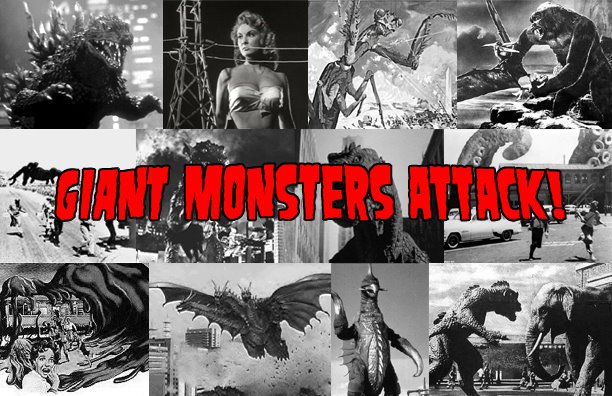
Did you know that transmission towers in Norway actually double as electrical fences to keep enormous mountain trolls confined to certain territories? Why do some trolls turn to stone when exposed to sunlight while others messily explode? What's the difference between a Raglefant and a Tusselad? Thankfully, The Troll Hunter film is here to answer all your questions concerning these previously assumed folklore creatures.

The latest entry in the “found footage” genre, the story finds a trio of Norwegian students on the trail of a suspicious individual, Hans, whom they suspect to be a bear poacher. They soon find out, however, that Hans is actually a government-appointed agent whose job is to covertly keep the indigenous troll population in check whenever they venture into human-populated areas. Realizing that they potentially have an historic expose on their hands, the students decide to follow and record Hans' daily routine, despite his concerns of a recent surge in troll activity.
Keeping in step with other films of its kind, the plot falls into the usual framework: a group of people (at least one of them armed with a camera that is almost NEVER put down) encounter something fantastic but threatening, try their best to survive the experience and ultimately have their story abruptly terminated at the film's end, leaving the audience to ponder the characters' fates. That being said, The Troll Hunter takes a slightly different approach to this formula and structures itself along the lines of a guerrilla-style documentary: think something along the old Crocodile Hunter television show but with humanoid beasts replacing the crocodiles and poisonous snakes.

It’s a direction not without consequence, however, as the three film students chronicling the events of the movie are reduced to mostly personality-free, interchangeable human props. Hans, the hunter himself, fares much better by comparison and the movie does a good job of portraying him as a savvy but weary individual whose job has (figuratively and literally) beaten him down to a husk. Honestly, though- if you’re watching a film called The Troll Hunter, chances are it’s not because you’re looking for an exercise in deep character development. Thankfully, despite the conservative budget, there is still a decent amount of monster-related content. This isn’t to say that the trolls are onscreen constantly- they're not- but things still remain interesting even when the protagonists aren’t being chased around. Just watching Hans in a diner explain the particulars of trolls and his profession ends up being an enjoyable watch in and of itself.

The computer animation effects are solid throughout and I liked how the trolls themselves look as if they’ve stepped right out of old Scandinavian fairy tale illustrations, complete with gangly proportions, thick brow ridges and large, bulbous noses. It really helps the “old school” feel that the filmmakers are trying to convey with regards to the monsters; slick, video game-esque designs would have been nowhere near as effective.
The Troll Hunter is a good example of how to pull off a “shakey-cam” monster movie without resorting to usual nonsense of shamelessly jerking around the audience. It’s hardly a groundbreaking endeavor, but still satisfying and entertaining- other films of this kind (*cough* Monsters *cough*) could certainly learn a thing or two from it. Four out of five.
















































